Polymer chemist and engineer Irene Yurovska is vigorously sounding an alarm. She warns that supply chain issues surrounding the chemical additives used to make rubber and other polymers represents a serious US national security threat.
Yurovska sits on the executive board of the American Chemical Society’s (ACS) rubber division. At a recent ACS conference in Washington, DC, she noted that 87% of all key chemical rubber additives are manufactured outside of the US, with 43% made in China. During a presentation at the meeting, Yurovska cautioned that there is insufficient US-based manufacturing capacity for the key rubber chemicals, such as accelerators, vulcanising agents and anti-degradants, to support US demand and projected growth.
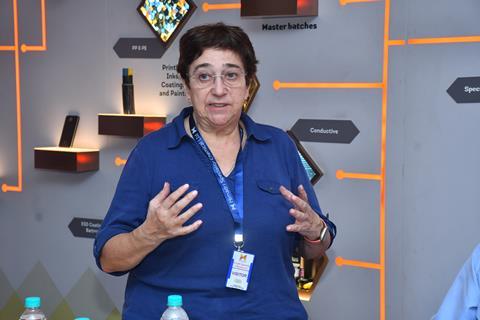
‘This lack of domestic manufacturing places the entire US rubber industry at risk and consequently the entire nation,’ warns Yurovska. She estimates that the US rubber and plastic industry is a $240 billion (£180 billion) business, without even accounting for tyres.
Yurovska, who holds an MBA as well as a PhD in polymer physics and mechanics, now runs a consulting business, YIGlobal, based in Texas. She spent nearly a decade and a half at Cabot, an American speciality chemicals and performance materials producer. She has also worked for the performance additives company SI Group, plastic polymer compounder Teknor Apex, elastomeric designer and manufacturer Precix, and Himadri Speciality Chemical, based in India.
The US government’s effort to secure polymer supply chains has been primarily concentrated on the polymer materials needed to manufacture tyres and personal protective equipment, Yurovska says. She argues that this narrow focus has failed to consider that rubber chemicals are required to transform polymers into useful items.
Rubber is an irreplaceable and integral ingredient for the automotive, electronics, aerospace, agriculture, food processing, and healthcare industries, among many others, Yurovska explains. ‘These industries would be brought to a standstill if the supply of rubber chemicals were interrupted.’
Additive growth
Without antioxidants or antiozonants, for example, rubber parts can age more rapidly, causing tyres to blow out or seals to leak. Omitting accelerators or vulcanising agents lengthens the rubber curing process, and the absence of processing aids can negatively affect rubber mixing and shaping processes.
At the time of Charles Goodyear – who invented the vulcanisation process in the middle of 19th century – rubber products consisted of essentially just heated latex rubber and sulfur. Over decades, rubber formulations have become significantly more complicated, including numerous chemical additives. Yurovska says typical modern rubber compounds consist of more than 20 ingredients, about 15 of which are ‘small’ chemical additives. ‘There are a lot of newer things, which has caused our industry to depend on hundreds and even thousands of additives,’ she says.
Meanwhile, many manufacturing facilities have moved offshore. Most of the key rubber additives were developed in the US and in Europe, because that is where the advanced labs and facilities were located. Things first started changing in the 1980s when the US industry moved south from New England, New York and Ohio to an area in Texas and Louisiana known as the ‘chemical corridor’. Then, Yurovska recounts, in the late 1990s and early 2000s, cheaper labour and onerous US environmental regulations drove rubber production abroad to Asia, and China in particular.
Offshoring production
As an example, Yurovska says that when she joined Cabot more than two decades ago it had about seven plants in the US and Canada that made carbon black for rubber products, but she says that number has since shrunk dramatically.
While still headquartered in Boston, US, the bulk of Cabot’s manufacturing facilities are now in Shanghai and Tianjin, China. ‘This put us at risk,’ Yurovska states. ‘For some chemicals, we don’t even have production facilities in the US anymore.’ She also notes that her former employer SI Group once had major facilities in West Virginia, Pennsylvania and Connecticut, but its production has since mostly moved abroad to countries like Brazil and China.
While rubber materials are ubiquitous in modern life, they also have military applications, meaning that many additives could be classed as ‘dual use’ goods. Yurovska says experts like herself must raise industry awareness now, especially given that China has already started restricting imports on some dual use goods and materials to the US. She suggests that this will likely cause further restrictions in the rubber market.








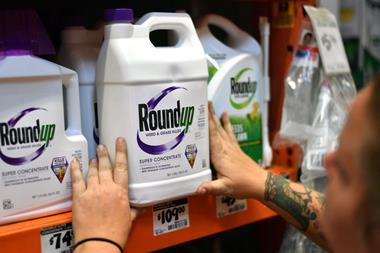


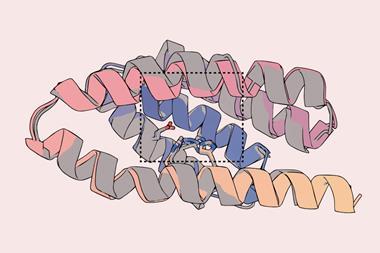

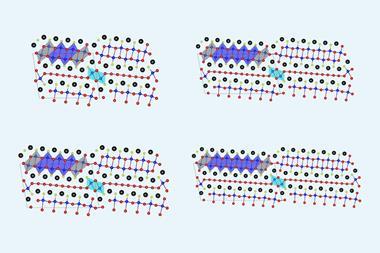
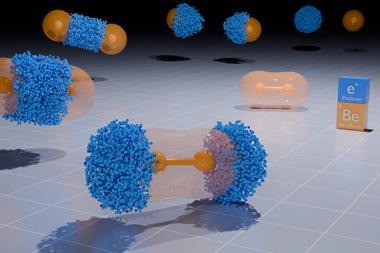

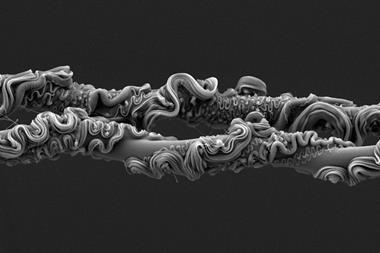
No comments yet